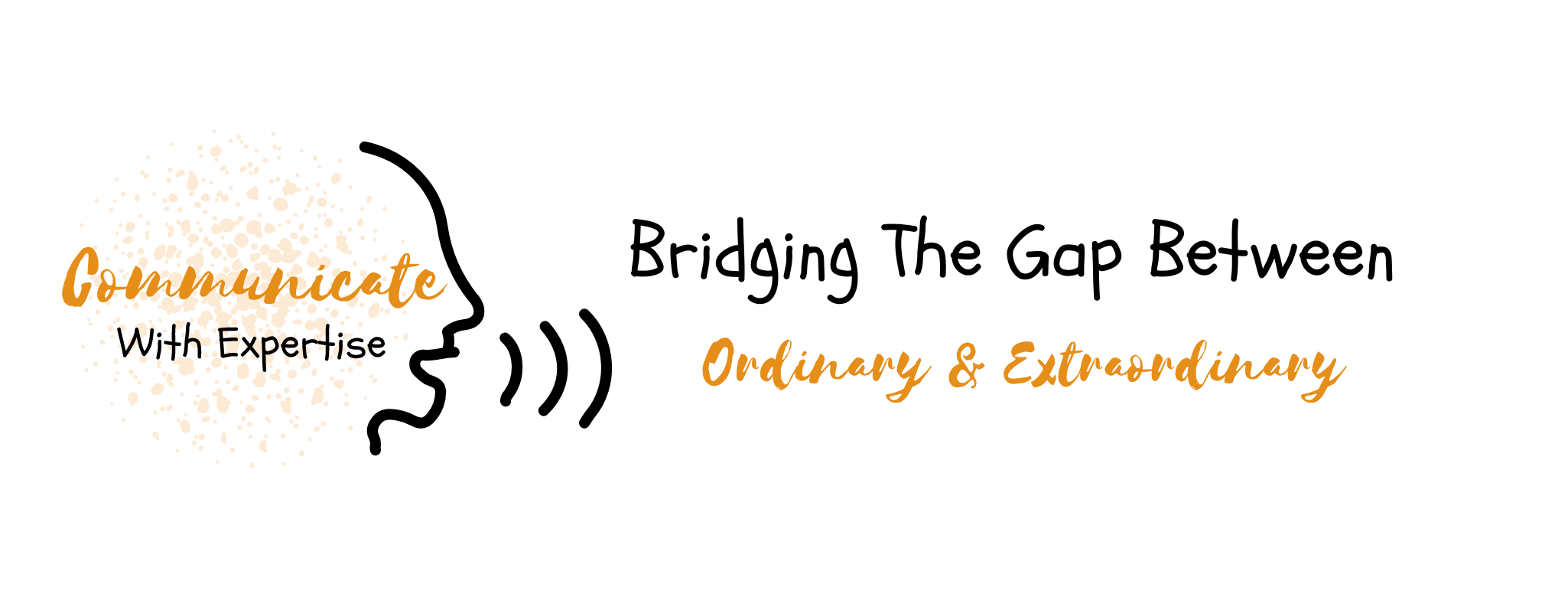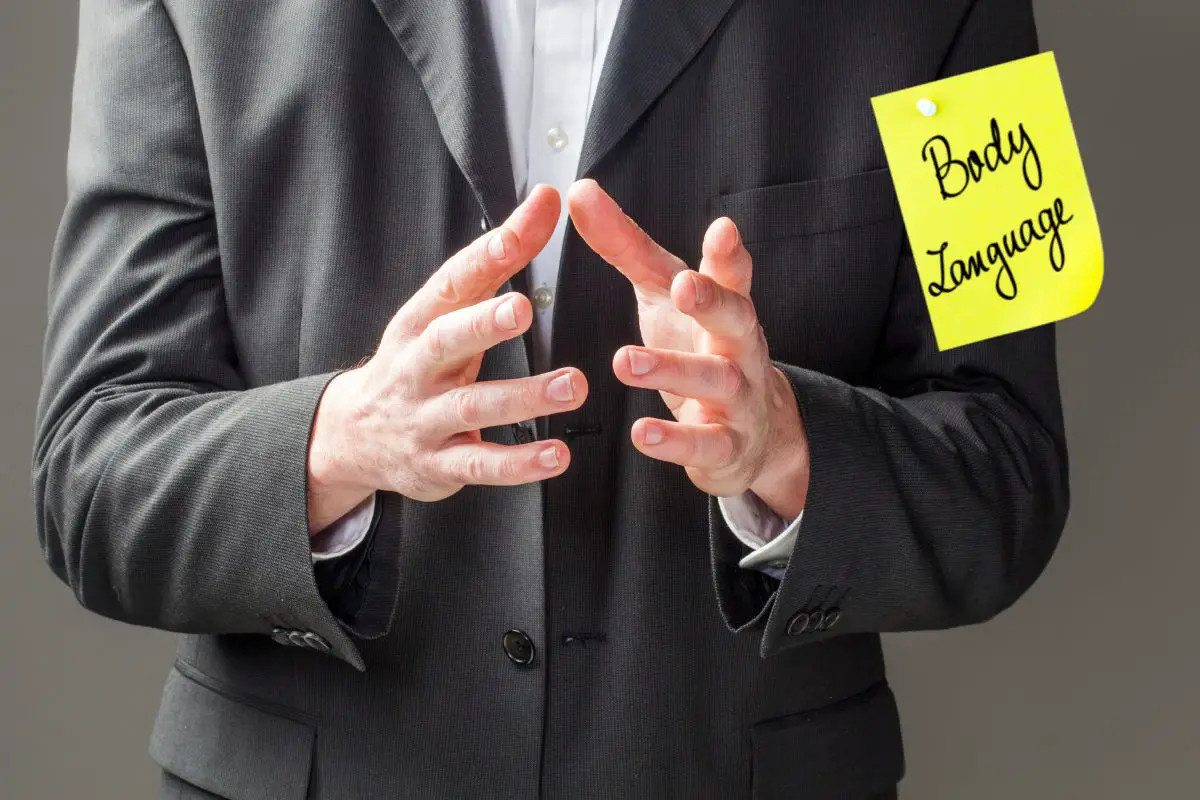Do you want to make a positive impression in social and business situations? You don’t need to say much, or anything at all. The way you carry yourself speaks louder than words. Effective body language has been proven to be one of the most powerful tools for communication in any context.
It can tell the people around you how confident you’re feeling, how interested they should be in what you’re saying, and many other things too.
In this blog post I’ll provide some examples of effective body language so that it serves as an asset for navigating challenging social and professional environments.
Read also: 10 Key Importance Of Effective Communication
Body language, a form of non-verbal communication, provides essential clues about the motivation, emotions, and intentions of other persons.
tipper et al., 2015
However, reading body language is more than just perception. It also involves associating the correct meaning to these representations.
Examples of effective body language for social and business situations
Understanding how to use body language effectively can be very helpful in both social and business situations. Using the right gestures, postures, and facial expressions can help to make a great and lasting impression. By practicing proper etiquette of body language, you can show respect, confidence, and openness.
1. Make sure your posture is open and confident
Squared shoulders, chest out, stomach in. This will make you appear more approachable and trustworthy.

2. Lean in slightly when you’re talking to someone
This shows you’re interested: in what they’re saying and creates a feeling of closeness.
3. Make eye contact for effective communication
It’s one of the most important nonverbal cues. It shows you’re confident, sincere and interested.
4. Use facial expressions to show how you’re feeling
A smile conveys happiness, a frown displeasure. But be careful not to overdo it – too much smiling can come across as insincere. However, it’s important that your facial expressions match the tone of the conversation. When possible, opt for positive body language such as smiles and nods.
Read also: 13 Powerful Tips To Control Emotions During Difficult Conversation
5. Use hand gestures to emphasize points
They help add enthusiasm and energy to your words. So avoid hiding your hands. Just make sure you don’t gesturing too much, which can be distracting.
6. Mirror the other person’s body language
This creates a feeling of rapport and understanding. For example, if they lean forward, you lean forward too.
7. Be aware of your personal space
How close you stand to someone conveys how comfortable you feel around them. Standing too close can make people feel uncomfortable, while standing too far away can make you seem distant and uninterested.
8. Use touch carefully to improve communication
Touching someone on the arm or shoulder can create a feeling of closeness, but be sure not to do it too often or it may come across as creepy.
9. Be aware of your tone of voice
It can convey just as much meaning as the words you’re saying. A harsh tone can come across as angry or aggressive, while a soft, gentle tone can make you seem more compassionate and understanding.
10. Remember that nonverbal cues are often misinterpreted
So be careful not to send the wrong message. For example, crossing your arms might make you appear closed-off, when in reality you’re just cold. If you’re not sure how someone is interpreting your body language, ask them directly.
11. Be yourself to improve communication
The most important thing is to be genuine and authentic in your interactions.
Examples of body language to avoid in social and business situations
To use communicate effectively, an awareness of body language that should be avoided is imperative. Some common examples of body language that you should avoided to make a good impression include:
1. Crossing your arms in front of your chest
This can be interpreted as a sign of being closed off or hostile. Instead, keep your arms open or resting at your sides.

2. Staring at someone for too long
This can make the other person feel uncomfortable and may come across as aggressive.
3. Not making eye contact
Avoiding eye contact is often seen as shifty or untrustworthy.
4. Stop slouching to improve body language
This can be seen as a sign of low self-esteem or boredom.
5. Avoid fidgeting for effective communication
Fidgeting is often interpreted as nervousness, discomfort or insecurity. It can also be very distracting. Try to keep your hands still and avoid tapping your foot or playing with your hair or jewelry.
Read also: 3 Key Strategies For Easily Managing Distractions During Communication
6. Minimize unnatural movements to improve body language
If your body language appears overly rehearsed, it may come across as insincere.
7. Rolling your eyes
This can be seen as disrespectful and rude.
8. Not smiling is negative body language
Smiling is often interpreted as a sign of friendliness, while not smiling can give off the impression that you are unapproachable.
9. Covering your mouth when speaking
This can be seen as a sign of disbelief or dishonesty.
10. Shaking your head
Repeatedly shaking one’s head can be interpreted as a sign of disagreement or disapproval.
11. Don’t tap your foot or fingers
It’s irritating and can make you look impatient.
Read also: 20 Powerful Tips To Become An Expert Communicator
Final words on examples of effective body language for social & business situations
Good body language is critically important in social and business settings – it can be the difference between making a good impression or a bad one. The next time you’re in a meeting, remember to keep your posture open and make sure you’re making eye contact with the person you’re speaking to.
And when you’re networking, be sure to smile and shake hands firmly. Small changes in your body language can make a big difference in how others perceive you, so it’s worth taking the time to master these techniques. Have any other tips for effective body language? Share them with me in the comments below.
Related Posts:
8 Main Reasons For Misinterpreting Nonverbal Communication
Interpreting The Unspoken: 10 Key Tips for Reading Body Language
References
Ali M (2018) Communication skills 3: non-verbal communication. Nursing  Times [online]; 114, 2, 41-42.
Fast, Julius (1970) Body language
Tipper, C. M., Signorini, G., & Grafton, S. T. (2015). Body language in the brain: constructing meaning from expressive movement. Frontiers in human neuroscience, 9, 450.





Rushana Greenidge-Horace
Rushana is a dynamic, knowledgeable professional with almost a decade of experience in the healthcare industry. She remains committed to promoting holistic health and wellness.